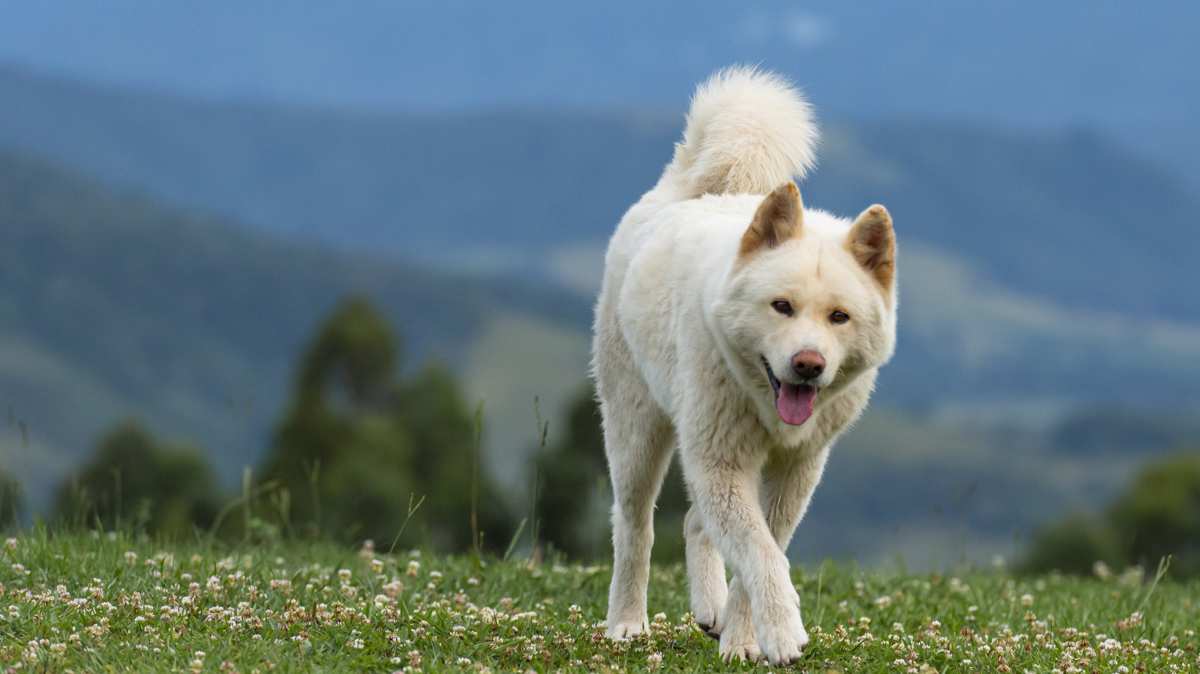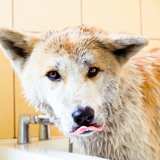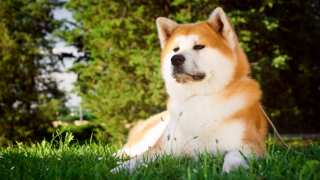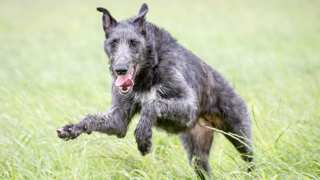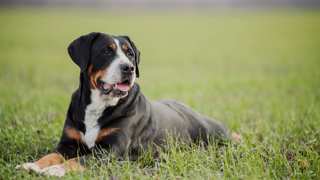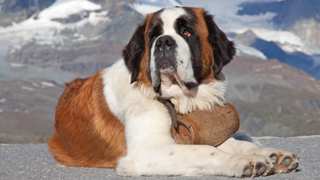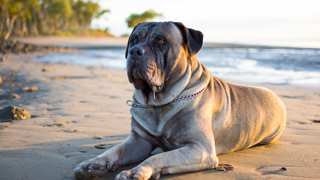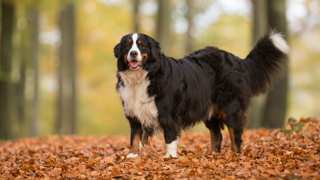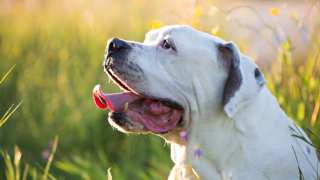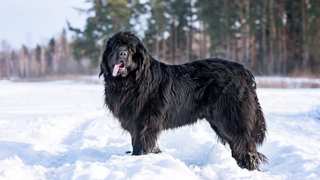According to Akita breeders and enthusiasts, the recommended Akita diet is rather unusual. The breed originated centuries ago in Japan, and there these dogs ate only natural foods like fish, rice, and aquatic plants, so an Akita's digestive system has developed somewhat differently than most other breeds. Experts contend, therefore, that the best Akita dog food is dry kibble--but it should be mixed with small portions of fresh foods like rice, root vegetables, raw fish, and hard-boiled eggs. (For more info on Akita foods, see the Recommended Food section.)
Adult Akita feeding should consist of 4-6 cups of the dry/fresh food mixture per day, divided into two meals; Akita puppies should receive roughly half that (and be fed dry puppy food), divided into three meals until the age of about six months.
Dog AgeDog WeightFood TypeAmountFrequency6 Weeks15 lbsDry/Fresh mix0.3 cups3x/day3 Months30 lbsDry/Fresh mix0.5 cups3x/day6 Months50 lbsDry/Fresh mix1 cup2x/day9 Months60 lbsDry/Fresh mix1.25 cups2x/day12 Months70 lbsDry/Fresh mix1.5 cups2x/day18 Months+90 lbsDry/Fresh mix2-3 cups2x/dayAs with many breeds, the Japanese or American Akita diet has certain restrictions. The most glaring issue for these dogs is gastric torsion (or bloat), a life-threatening condition caused by a dog gulping its food, which makes the stomach fill with excess air. Bloat can be avoided by wetting the food with a little water or beef broth; some owners also purchase a "slow dog-feeding bowl," which has one or more raised surfaces on its bottom that prevent the dog from gulping the food in only a few bites.
Unfortunately, too, the sight of a chunky or fat Akita is not uncommon. These dogs have a fairly high tendency to become obese if they're overfed and/or under-exercised; the general rule of thumb is that if you can't easily feel an Akita's ribs when you run your hands along its side, it's diet time. And the same weight loss rule applies to dogs as to humans: eat less, move more. To help your Akita shed pounds, decrease its daily food intake by one-fourth, and add an extra exercise session to its daily routine.
